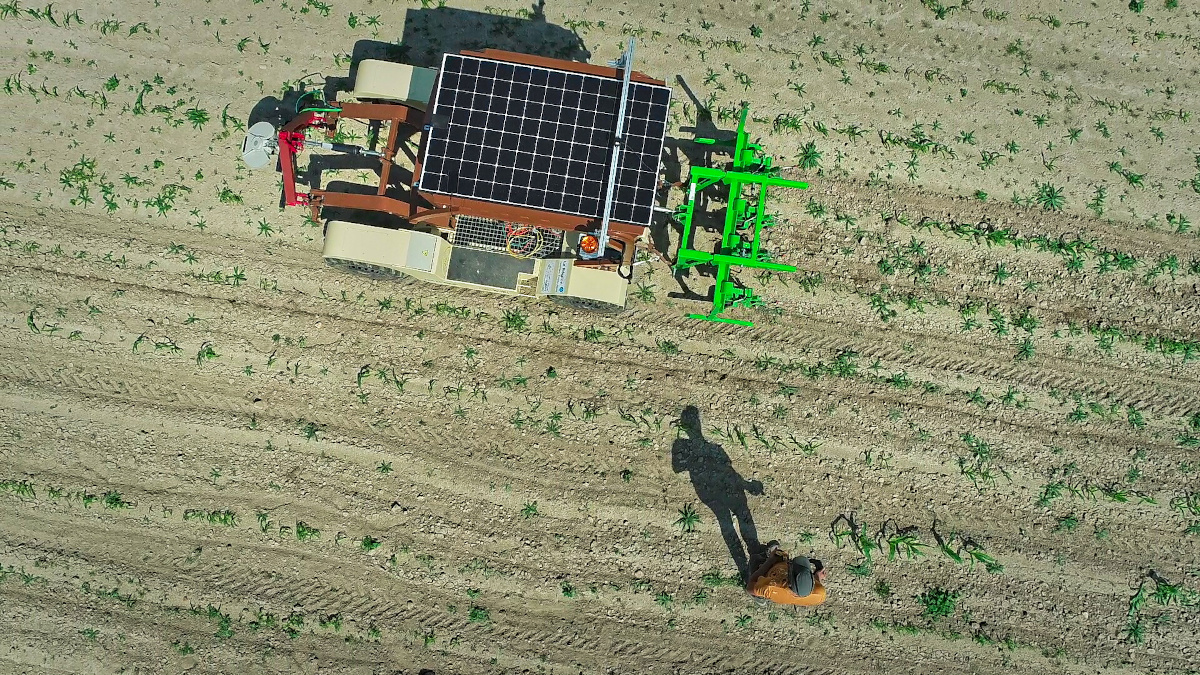Energy Consumption Analysis for Agricultural robots

The study investigates the energy consumption of an agricultural robot during various on-field and off-field tasks, providing insights into factors influencing energy use and optimizing robot deployment for sustainable farming. Experiments were conducted at INRAE’s experimental farm site, covering a range of terrains and tasks, from harrowing and seeding to traveling on asphalt roads. The analysis shows a strong correlation between speed and energy consumption, particularly when heavy tools like the crosskill roller are used, while lighter tools such as the harrow allow for more energy-efficient operations at higher speeds.
Using detailed data from 69 robot trajectories over a total distance of more than 22 kilometers, the analysis revealed that task-specific strategies, such as adjusting speed based on the tool in use, can significantly enhance energy efficiency. For example, reducing speed for heavy tools and increasing it for lighter ones aligns with operation scheduling practices to optimize both time and energy.

However, the study faced challenges due to the intrinsic link between experimental parameters like weather, tool usage, and speed, making it difficult to isolate individual factors affecting energy consumption.
Future work will focus on creating structured experimental protocols to evaluate each parameter independently, ensuring precise data collection, and incorporating additional environmental variables like ground humidity. By refining methodologies and conducting further real-world tests, the research aims to enhance energy efficiency in agricultural robotics, contributing to sustainable agroecological practices.
Bras, A., Montanaro, A., Pierre, C., Pradel, M., & Laconte, J. (2024). Toward a Better Understanding of Robot Energy Consumption in Agroecological Applications. ArXiv Preprint ArXiv:2410.07697.